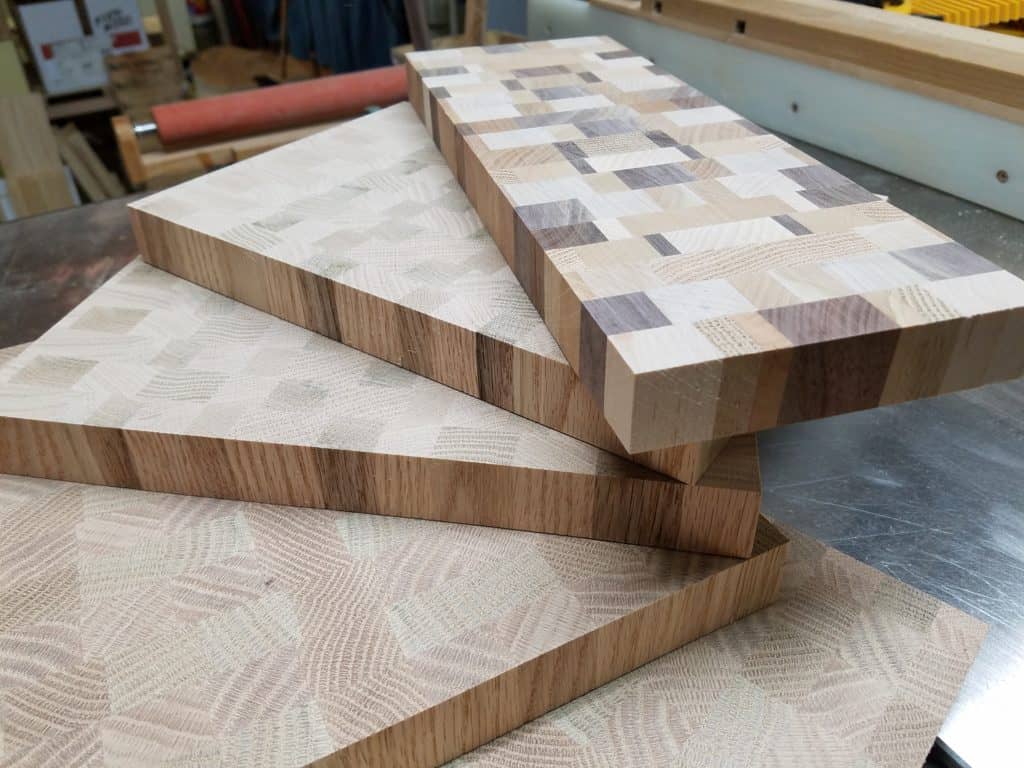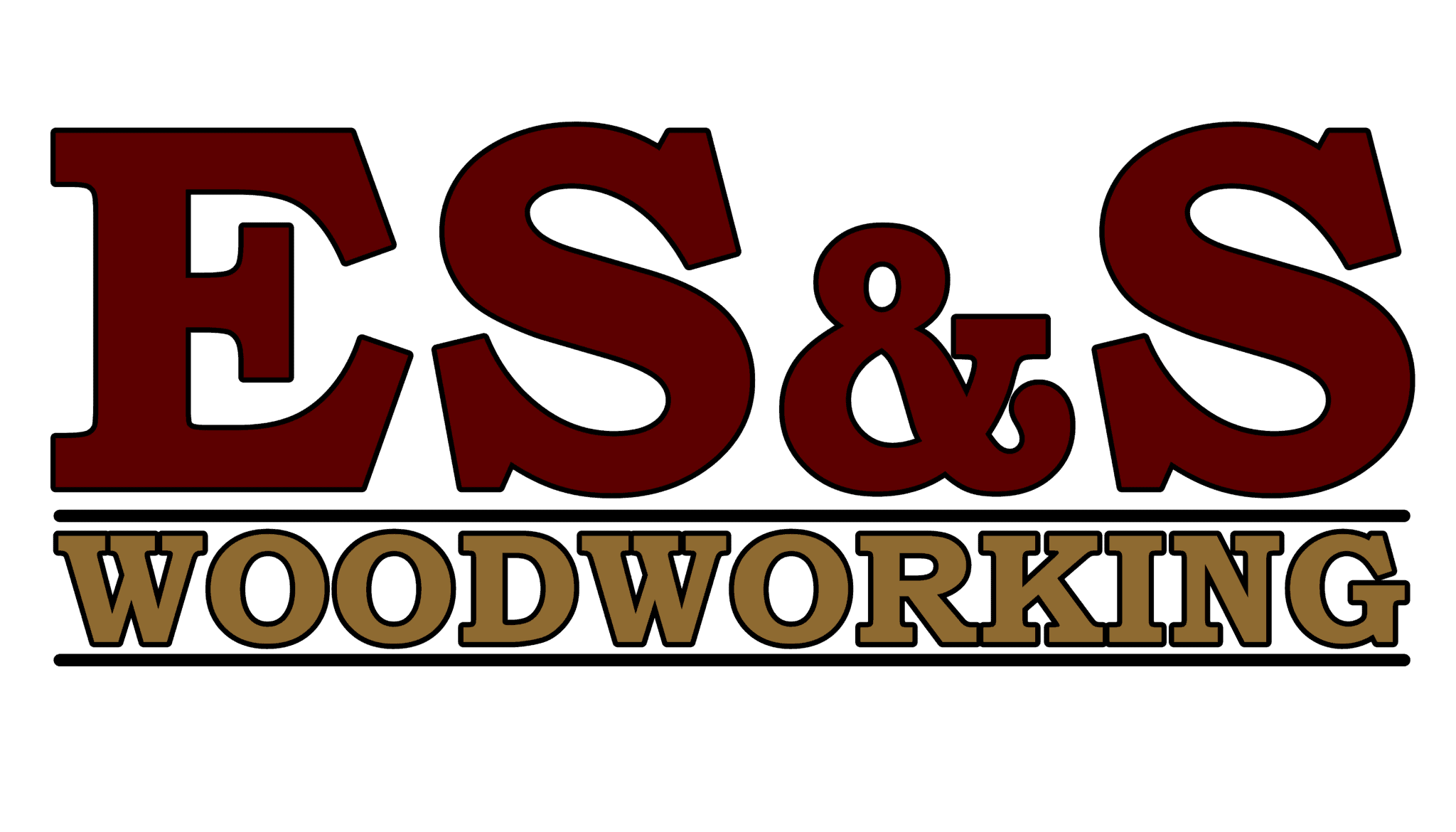
I get asked quite a bit about why an end grain cutting board would be worth the extra money I charge. Is it purely a design feature that takes longer to make? Not at all. End grain boards are absolutely a functional feature that increases the life of the board/block.
Lets take a minute to picture a piece of celery. Stick with me here; this is going somewhere. As you apply a knife to that piece of celery it will cut through each of the fibers as you move it back and forth. These fibers are irreparably broken and over time can break off. They will never fit back together. Now picture the knife cutting into the end of the celery. The fibers will separate and then come back together because the blade moves between them and allows them to spread apart and come back together. That is how end grain outperforms a normal cutting board. The wood never truly gets cut in an end grain board and the fact that the fibers are vertical allows for the food grain mineral oils used to treat the wood to really soak in more thoroughly. In the image included here you can see some examples of end grain boards before they have been coated with mineral oil. These are bare wood just after the initial sanding to give them their even shape. Running a knife into these over time will still make marks and eventually you will wear it down but that will take significantly longer than it would on a standard board. Many professional kitchens will only allow end grain boards to be used because of their obvious advantages. If you are interested in an end grain cutting board or butcher block let me know and we can talk about pricing and size.
